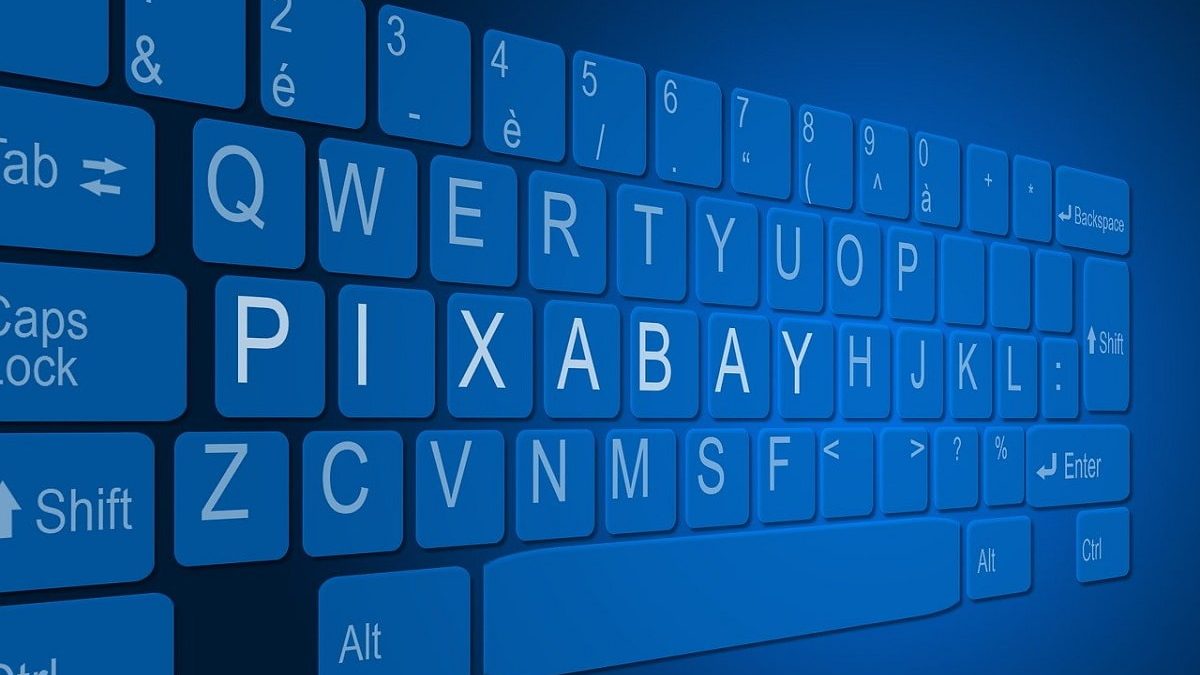Table of Contents
Qwerty Definition
Qwerty is the most widely used keyboard layout today. Its name comes from the position of the first six letters of the first row of the keyboard.
In 1968 Christopher Sholes designed the first keyboard and subsequently sold his invention to Remington in 1873.
- The Qwerty keyboard has different variants since some letters of a language may not be necessary or do not exist in others. For example, in Germany, they convert Y into Z with what we call a qwertz keyboard.
- Qwerty keyboards are accessible for both desktops and laptops.
- The creation of Qwerty keyboards was for a solution to the problems the typewriter presents. If it presses two or more keys simultaneously. Its main purpose was to increase the speed of writing, distributing the letters so that both hands could be used to write most of the words.
- The design of a Qwerty keyboard is to write by placing the four fingers of each hand in the middle row.
- The QWERTY keyboards gained popularity as they facilitated the writing and caused that a great part of the manufacturers began to use them in their machines until today. We find this provision in our computers and virtual keyboards of our smartphones and tablets.
Importance of Qwerty Keyboard
[Qwerty] vs. Dvorak keyboard
The Invention of August Dvorak was in 1936. This distribution of the keyboard, the Dvorak keyboard, the difference is, the use of most of the keys is in the center row, the vowels on the left, and the consonants on the right. All this new provision aims to improve writing speed and minimize finger movement.
After several studies, the conclusion is that none of the alternatives show a substantial advantage either in ergonomics or speed in comparison to the QWERTY keyboard. Our advice is as follows: do not change the distribution of the keys if you write comfortably like this.
[Qwerty] vs. Qwertz
Many do not know what Qwertz or Azerty means and we can say that they are small variations of the QWERTY keyboard. As simple as it sounds, not all keyboards are identical, in the German distribution. The Z and Y are modified staying as QWERTZ and the ñ of the Spanish. We could say that it is the Ç of Portuguese. In the French version, Q and W take the place of A and Z, leaving an AZERTY keyboard.

